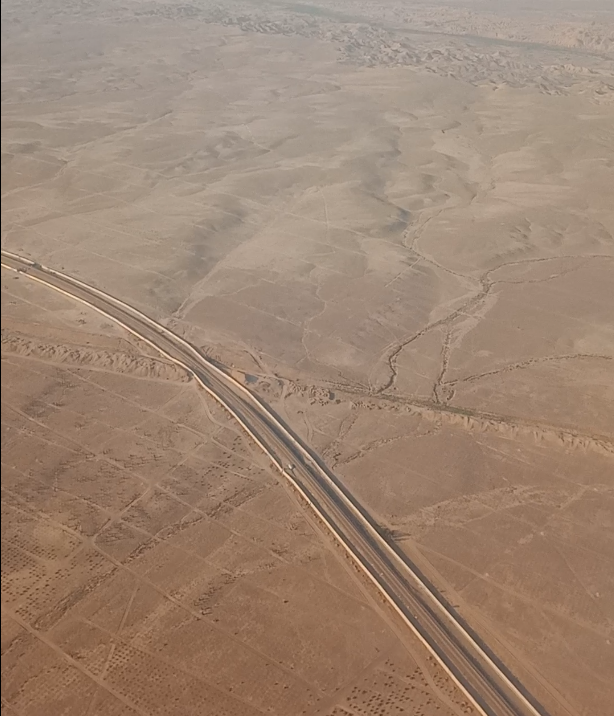
Hydrological Hazards
Hazards involving the movement and distribution of water on Earth’s surface. Examples are
Storm surges (e.g., Hurricane Katrina, 2005).
Floods (e.g., 2010 Pakistan floods).
Flash floods (e.g., 2023 Libya floods).
Droughts (e.g., 1984–1985 Ethiopian drought).
Geological Hazards
Hazards caused by Earth’s geological processes, including tectonic activity and subsurface phenomena. Examples are
Tsunamis (e.g., 2004 Indian Ocean tsunami).
Earthquakes (e.g., 2011 Tōhoku earthquake, Japan).
Volcanic eruptions (e.g., Mount St. Helens, 1980).
Landslides (e.g., 2014 Oso landslide, USA).

Aerial view of damage to Sukuiso, Japan, a week after a 9.0 magnitude earthquake and subsequent tsunami devastated the area.
Credit: Dylan McCord, U.S. Navy

Meteorological Hazards
Hazards caused by atmospheric and weather-related phenomena.Examples:
Blizzards (e.g., 1996 North American blizzard).
Hurricanes (e.g., Typhoon Haiyan, 2013).
Tornadoes (e.g., 2011 Joplin tornado, USA).
Heatwaves (e.g., 2021 Pacific Northwest heatwave).
In this Jan. 9 1996 file photo, passenger jets are grounded at the United Airlines terminal at Newark Airport.
Credit: AP/Mark Lennihan
Biological Hazards
Hazards caused by biological agents such as pathogens, toxins, or invasive species.Examples:
Locust swarms (e.g., 2020 East African locust invasion).
Pandemics (e.g., COVID-19 pandemic, 2019–present).
Epidemics (e.g., Ebola outbreak in West Africa, 2014–2016).
Invasive species (e.g., Zebra mussels in North America).

Staff prepare to spray disinfectant at Wuhan Railway Station in March 2020 at the start of Covid-19 outbreak
© STR/AFP/Getty Images
